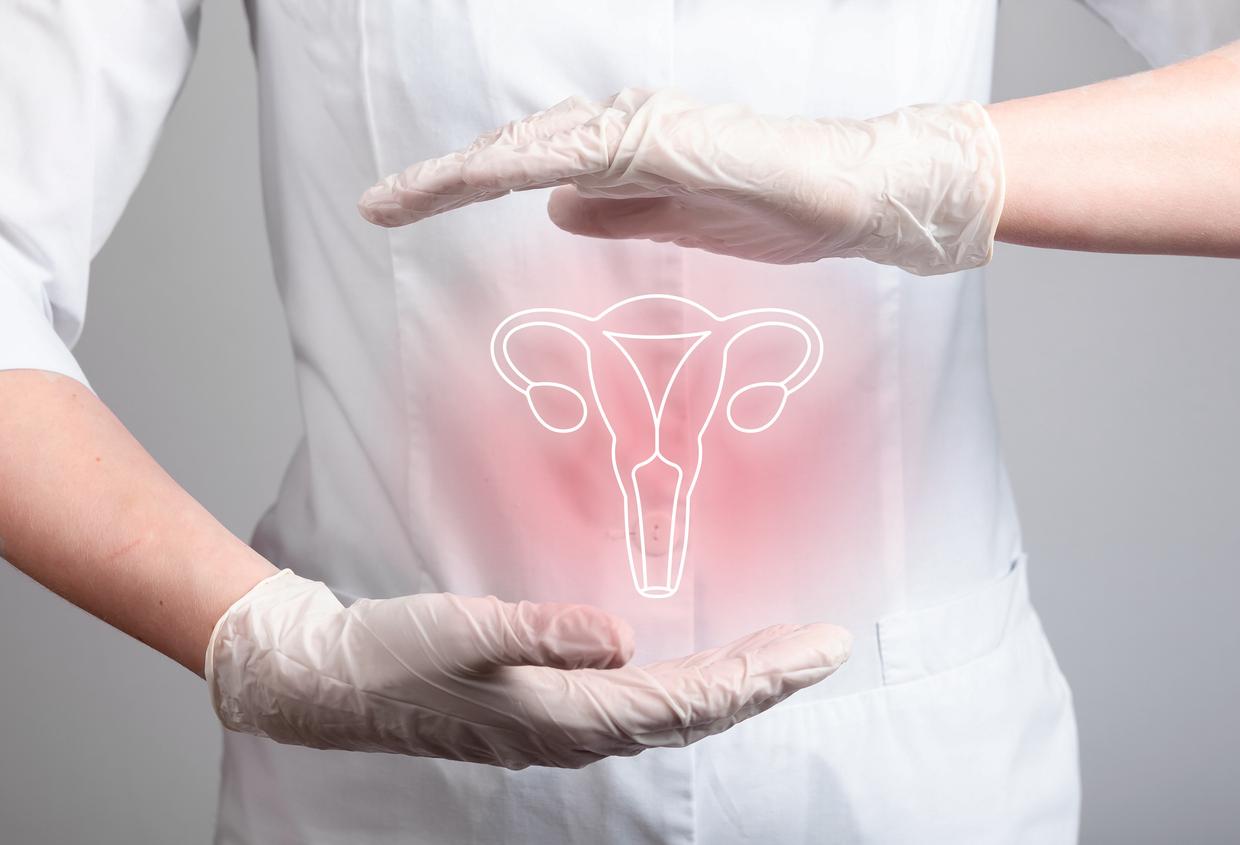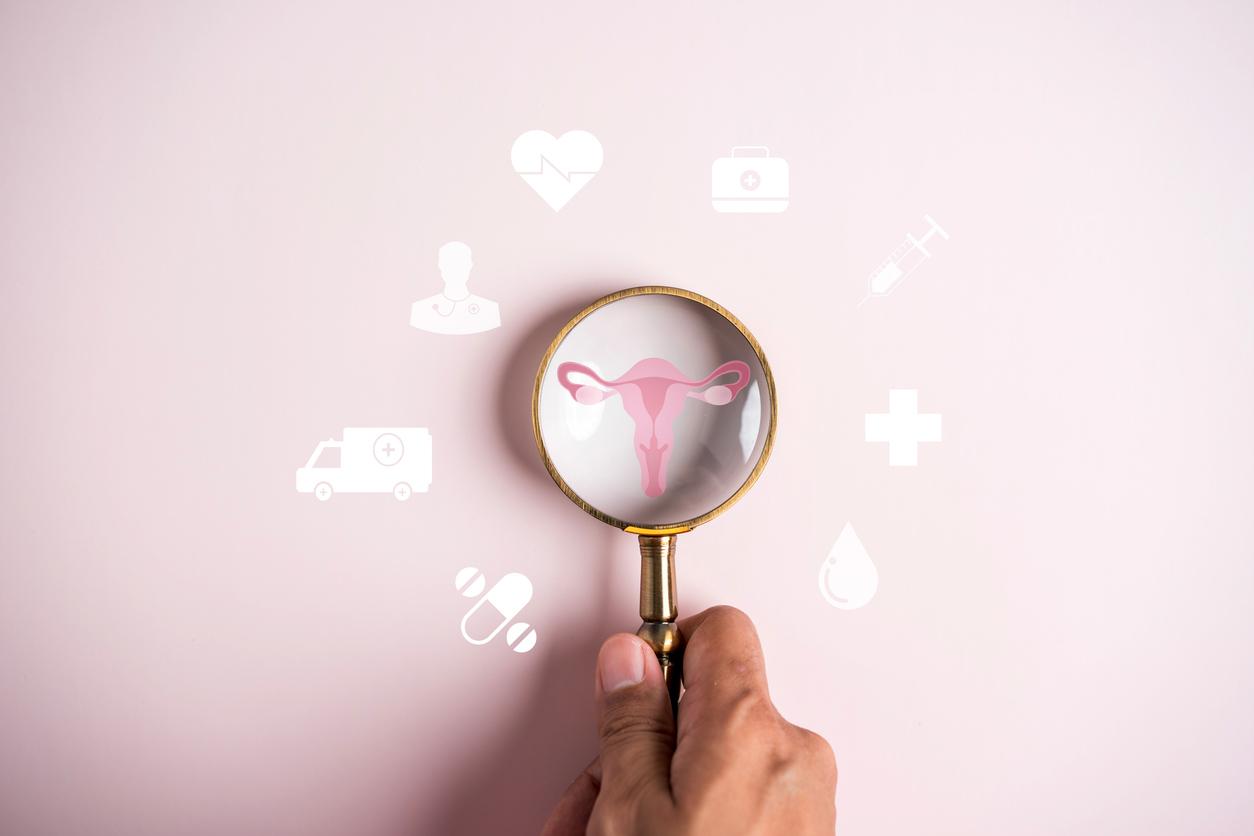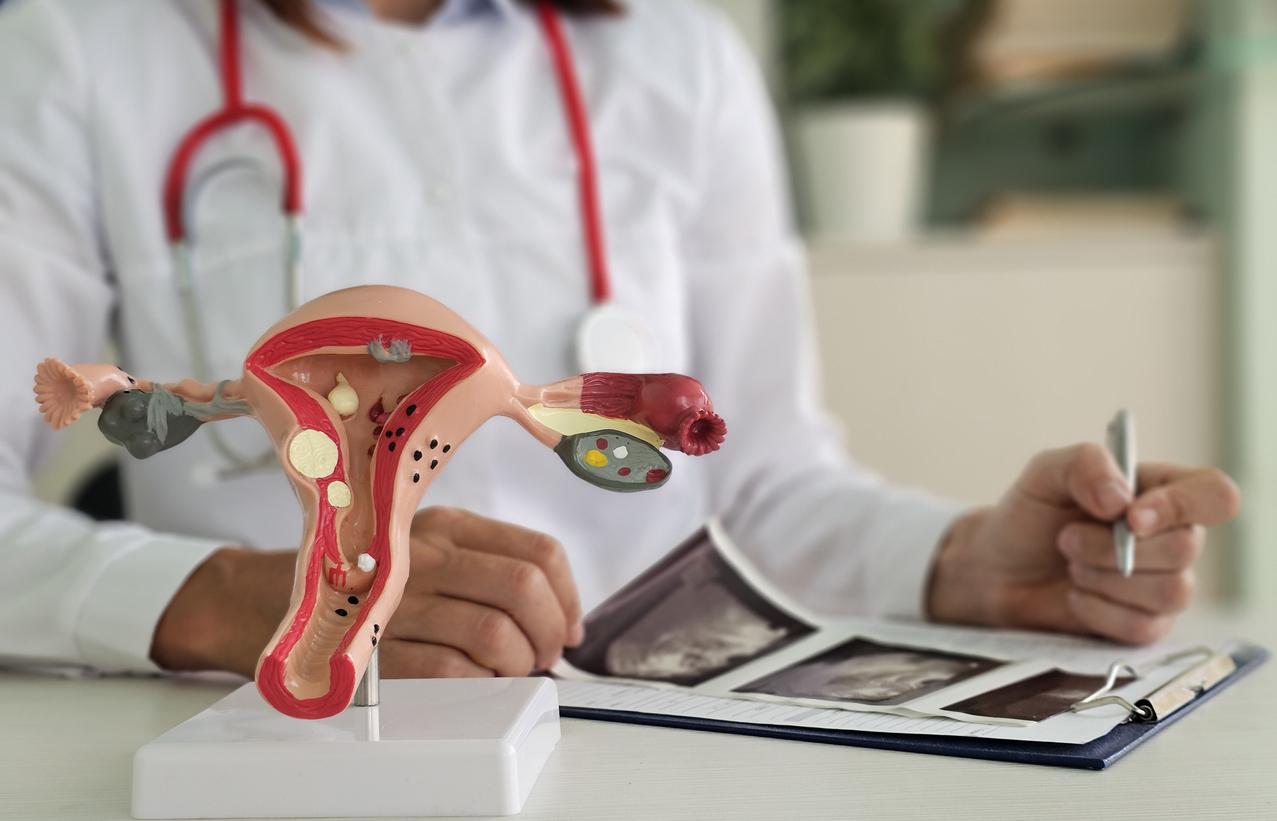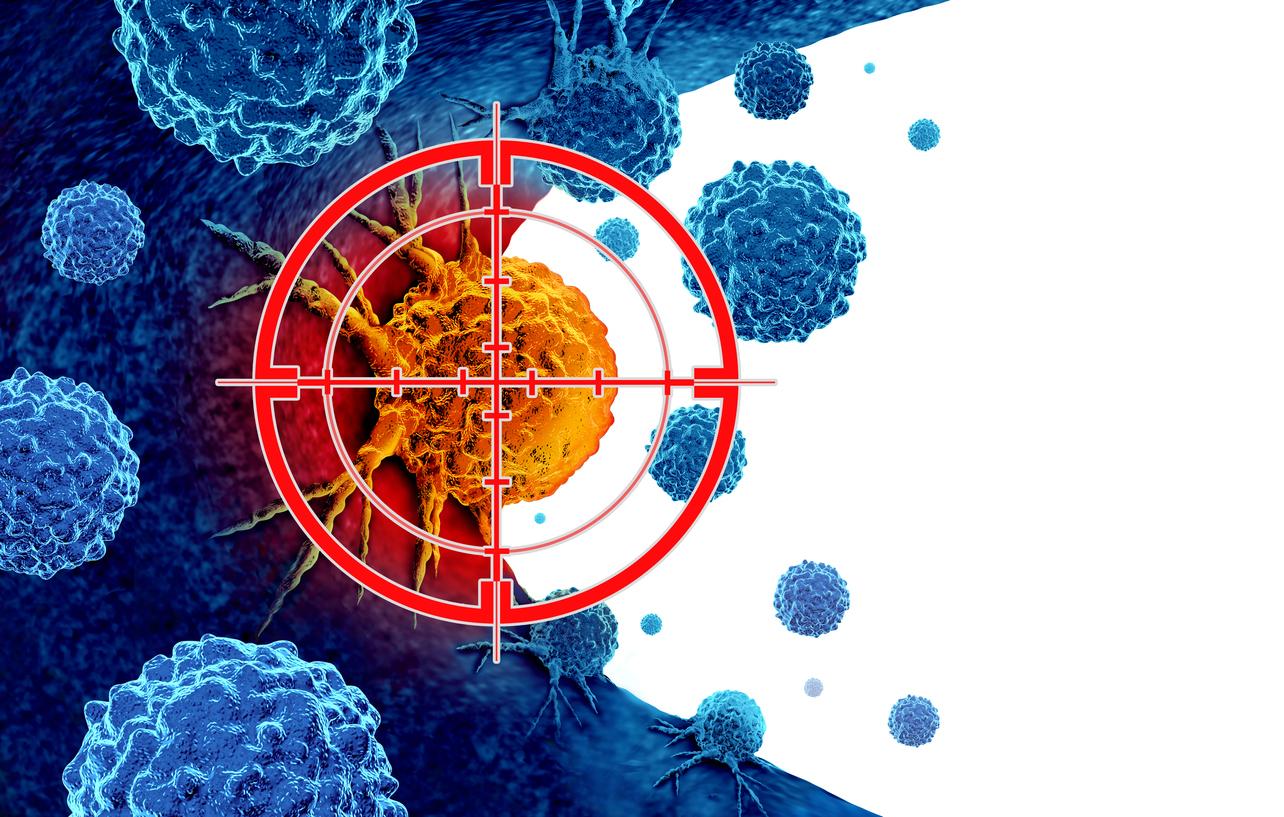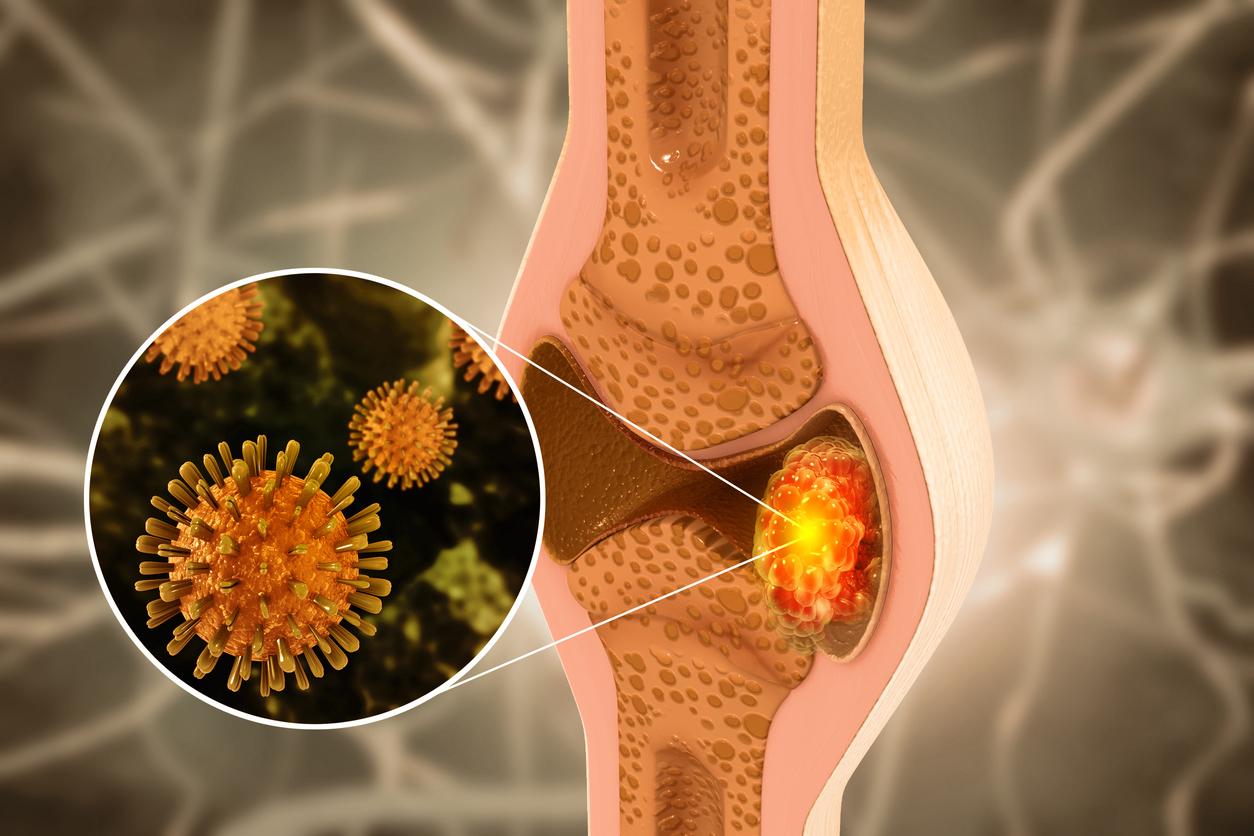The National Cancer Institute has just opened a new website to help women get screened for possible cervical cancer.

- A new digital space “Jefaismondepistage.e-cancer.fr” deployed in January 2024 now makes it easier to screen for cervical cancer.
- Thanks to regular screening, 90% of these cancers could be avoided.
- However, even today, 40% of French women concerned do not, or do not regularly, carry out the recommended examinations for cervical cancer screening.
A new digital space “Jefaismondepistage.e-cancer.fr” deployed in January 2024 now facilitates access to essential information on cervical cancer screening, encourages taking action and facilitates making an appointment with a healthcare professional.
Cervical cancer screening: why a new website?
“With more than 3,000 cervical cancers diagnosed each year in France and more than 1,100 deaths, the question of screening is essential,” explains the National Cancer Institute at the origin of this initiative. “Indeed, thanks to regular screening, 90% of these cancers could be avoided. However, even today, 40% of French women concerned do not carry out the recommended examinations, or not regularly”, continues the public interest group.
A new educational and informative program offered by the National Cancer Institute has also just been put online. It is titled: “Cervical cancer: why is it important to get screened?
How is cervical cancer screening carried out?
Cervical cancer screening is now organized in our country. French women have therefore started to receive invitations by mail to carry out their test with a gynecologist, a general practitioner, a midwife or a medical biology laboratory. “The invitations only concern those who have not had a screening test or who have had it at intervals that are too far apart,” added last year the SFCPCV. “This organized screening does not incur any laboratory costs for the patient, with the aim of allowing everyone to benefit from it”then specified the learned society.
A cervical cancer screening test should be performed on all women aged 25 to 65. It must be done every 3 years between 25 and 29 years old after 2 normal tests carried out one year apart, then every 5 years between 30 and 65 years old.
“Its aim is to diagnose precancerous lesions in order to be able to treat them and thus prevent the appearance of cervical cancer. These lesions are in fact not visible during the gynecological examination and are asymptomatic (not pain or any other manifestation)”, also explained the experts.










